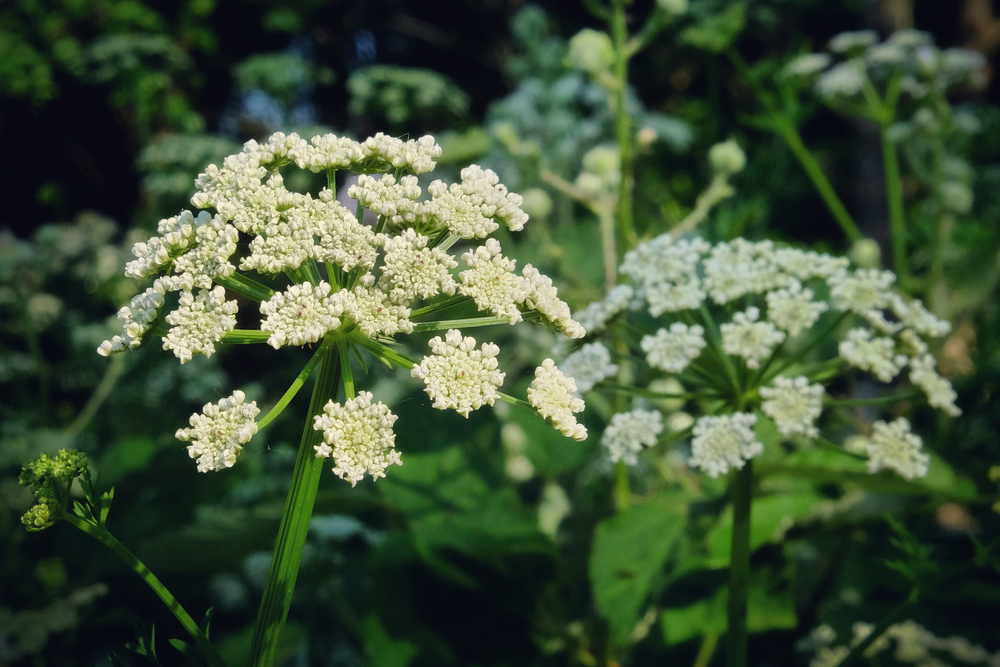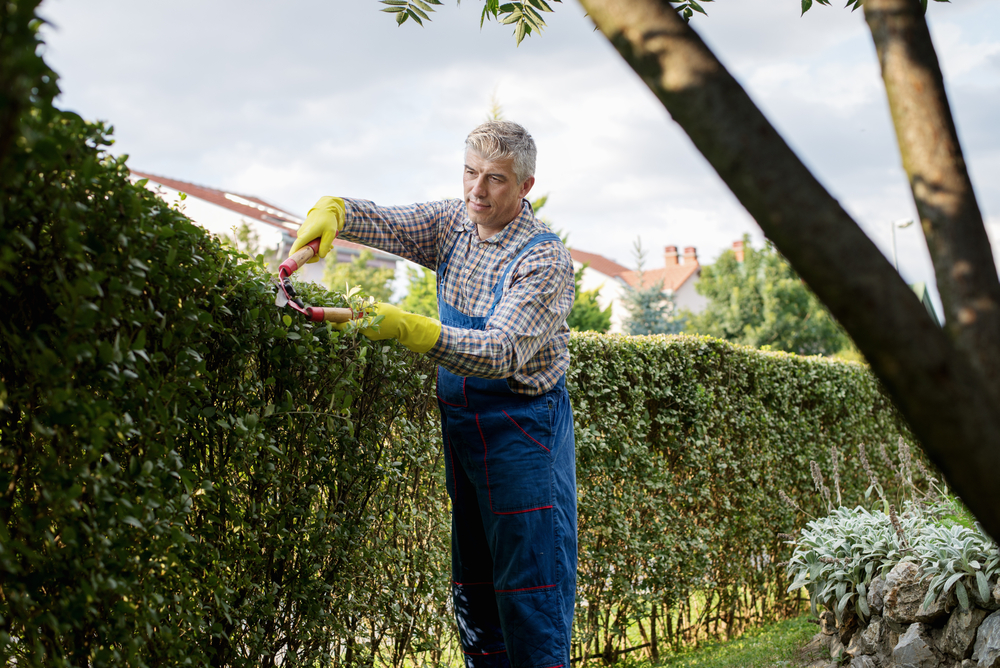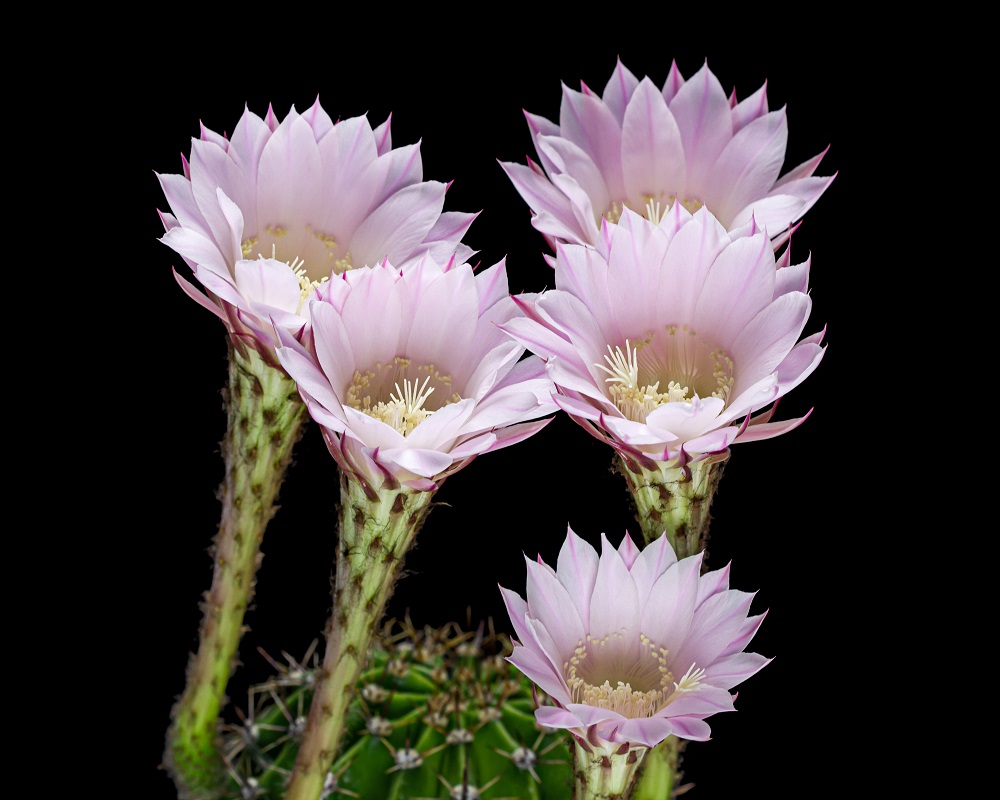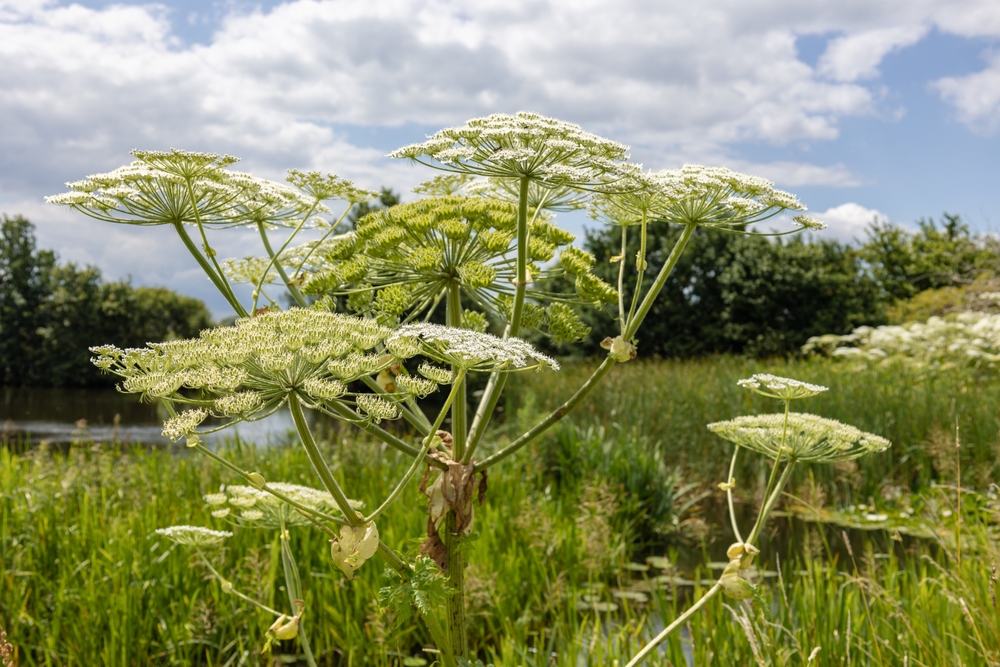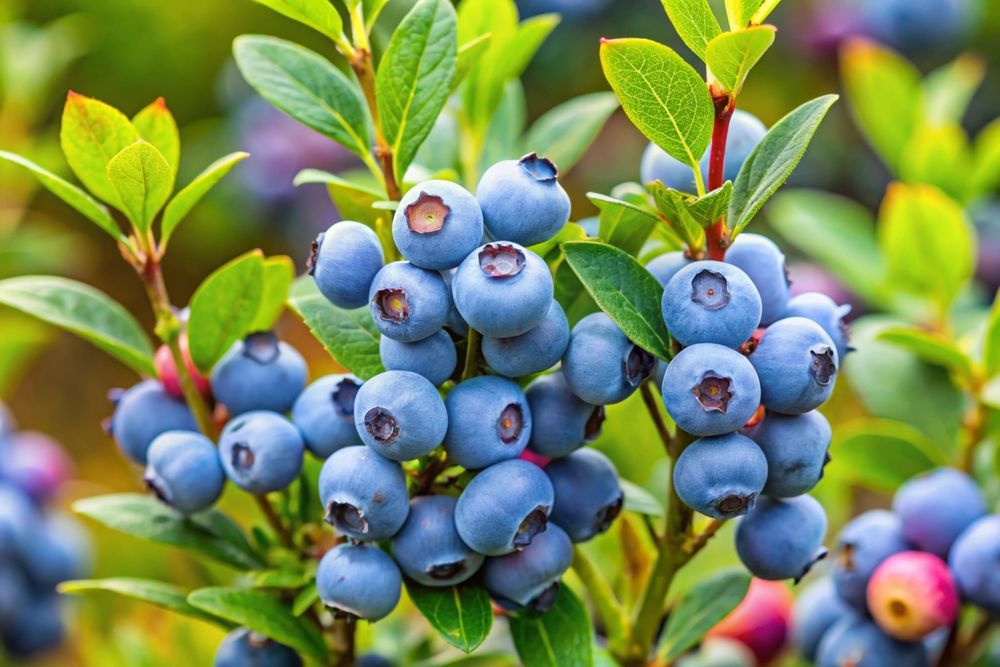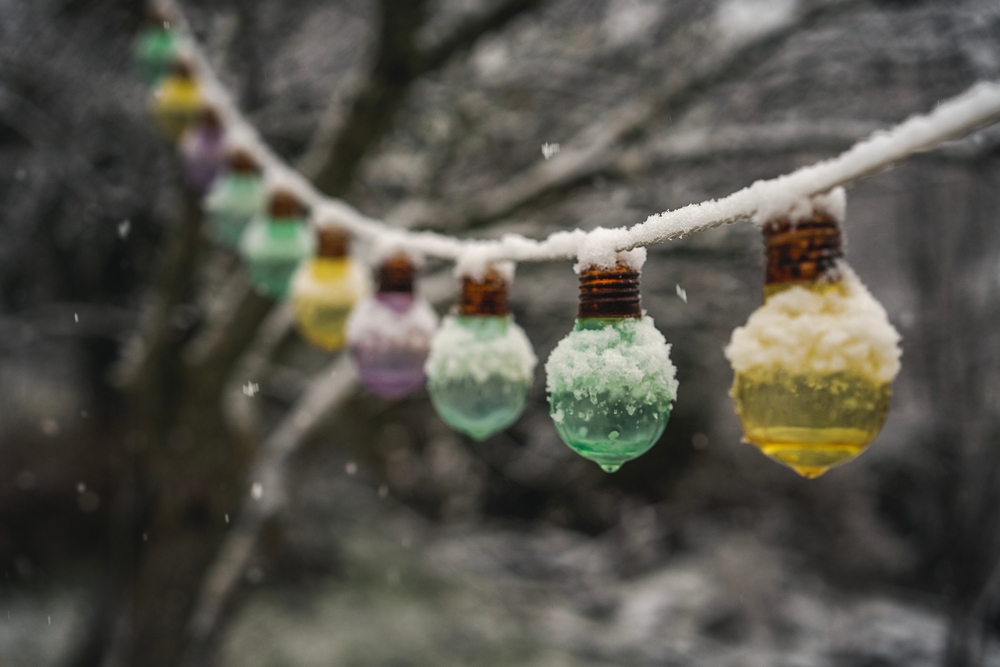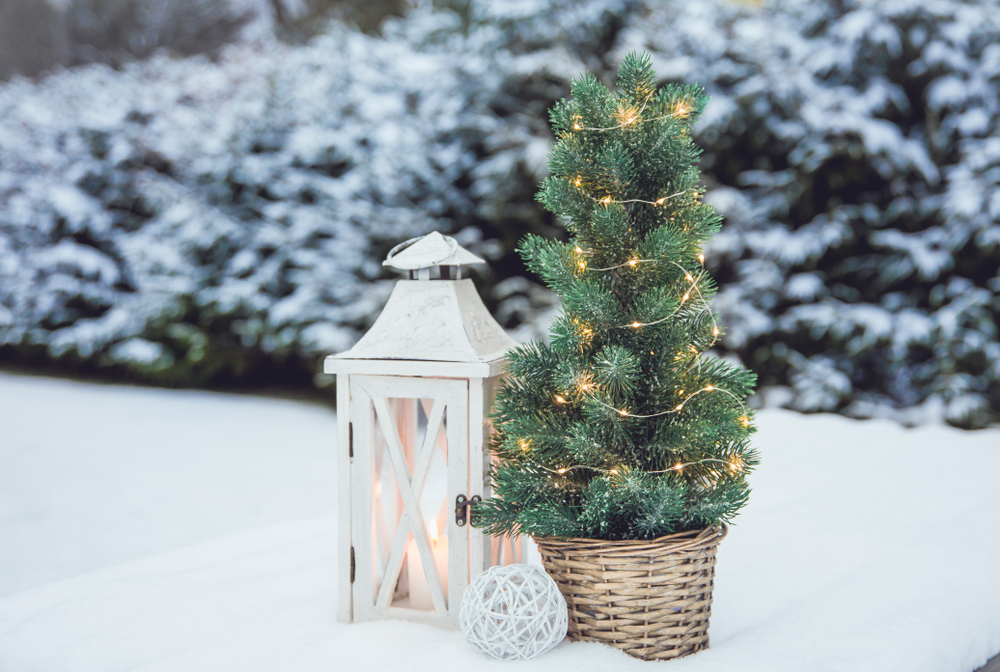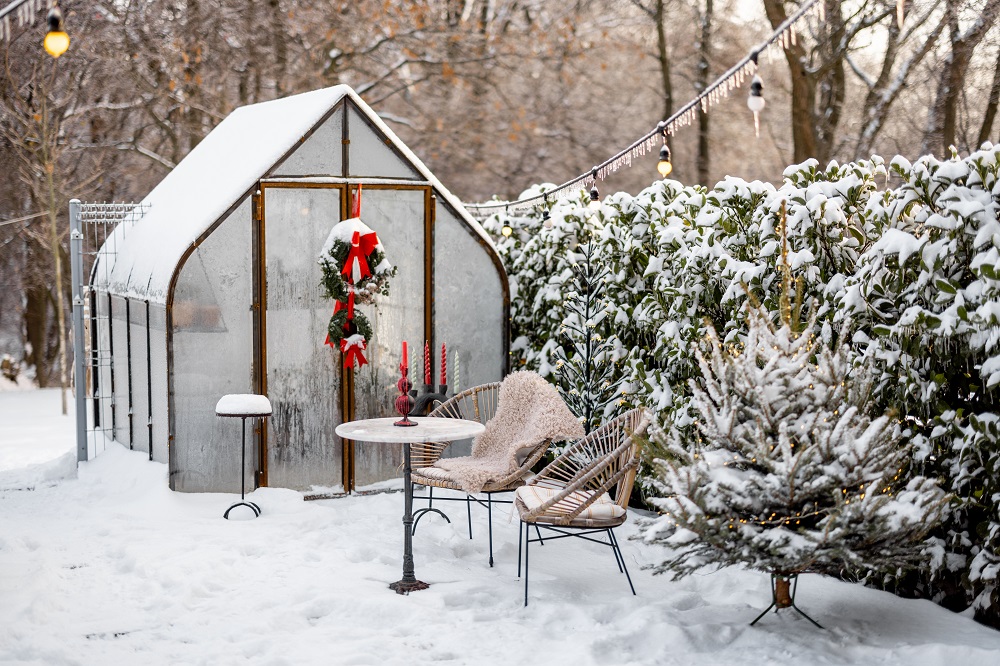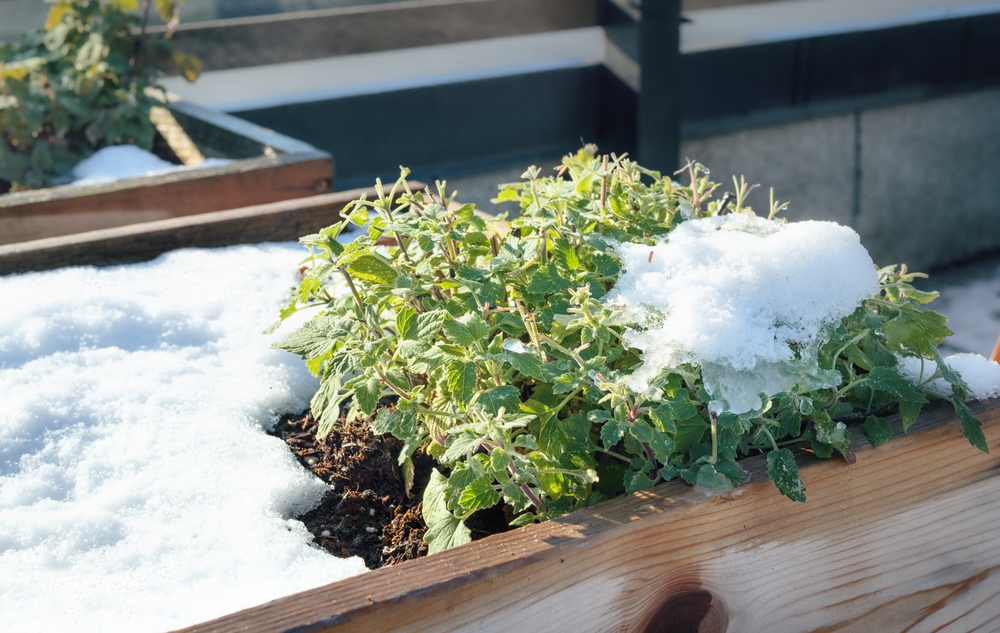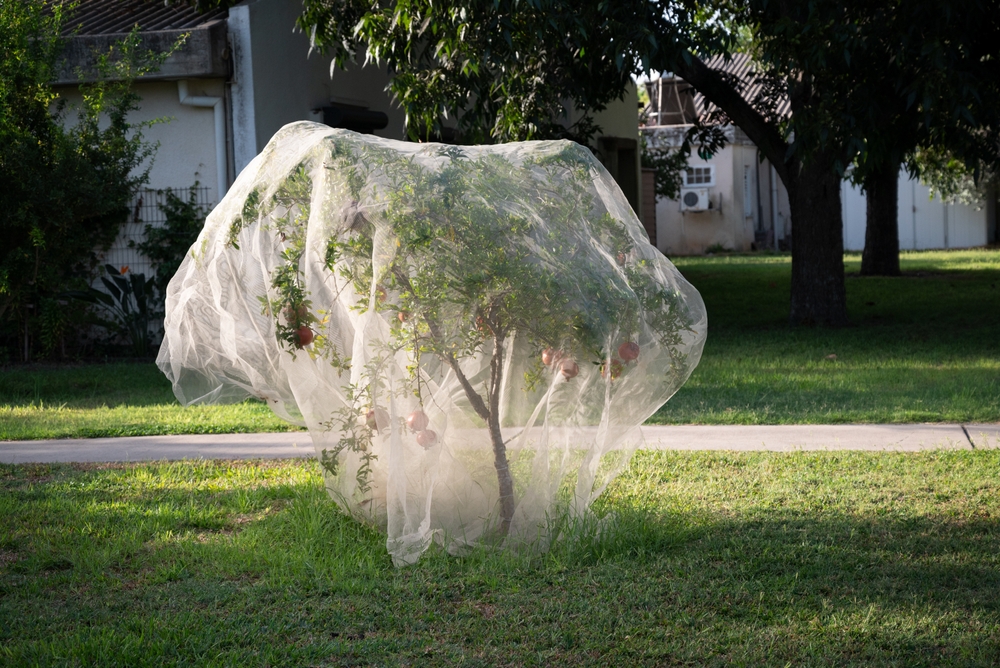Learn to grow the most beautiful greenery with these houseplant care tips!
Indoor plants can bring color and life to just about any space. You can choose from the small sizes that work well on desks and tables or consider indoor vines cascading down your bookshelves. You can be creative and have fun when choosing your style of houseplants.
If you’re new to growing plants, maintenance may be a bit intimidating if you aren’t sure of what to do or if you know for sure that you don’t have a green thumb. And we understand that providing your plants with the proper care can be tricky.
But don’t let it prevent you from starting your indoor plant collection. If you’re considering adding some plants to your home for the first time or have just received a new indoor plant, don’t worry.
In this article, Gardeners And Plants has decided to share some of our favorite houseplant care tips to set you on the right path. So what are we waiting for? Let’s dig in!
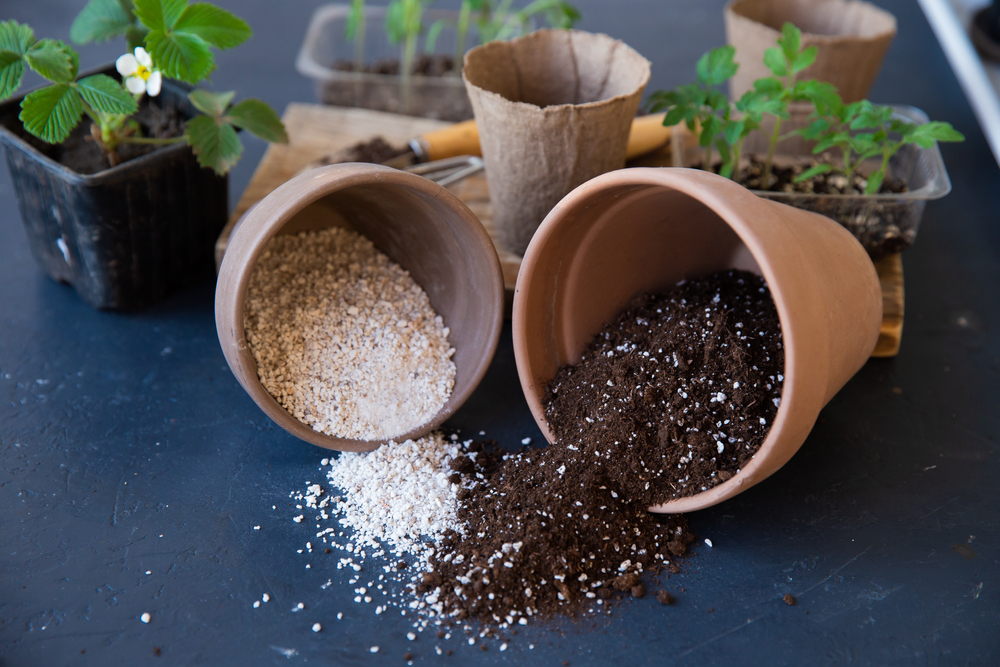
Houseplant care tip: Add perlite or coffee grounds to your potting soil
Most potting mixes that we grab in stores hold too much water, resulting in wet plants that stay wet for too long, leading to root rot. As a simple answer, you can mix store-bought soil with perlite.
If you haven’t heard of it, perlite is an affordable mineral rock found in bags at most gardening centers or even on Amazon. The mix should be one part perlite and two parts soil.
It won’t retain as much water and will contain more oxygen, which is essential in decreasing the chances of root rot. For a simple nutrient boost, we suggest mixing some coffee grounds with your soil.
They contain phosphorus, nitrogen, and potassium, which are all essential plant nutrients. All you have to do is mix the coffee grounds directly into your soil or sprinkle them around the base of the plant.
Houseplant care tip: Use a hydrogen peroxide spray to eliminate root rot
Root rot is what happens when your plants have been overwatered for extended periods, and the roots are attacked by bacteria or fungus. Maybe you thought the soil was dry by touching the top layer, or perhaps your pot doesn’t have any drainage holes.
Whatever the case may be, once that nasty root rot sets in, it can cause brown or yellow leaves and might even kill the plant entirely. A garden expert recommends giving it a healthy dose of diluted hydrogen peroxide if you believe your plant may be struggling with root rot.
All you have to do is mix a tablespoon of 3% hydrogen peroxide with a cup of filtered water, and use the mix to water your plant. Hydrogen peroxide will break down in the soil, which will add a boost of oxygen that can help kill the destructive microbes attacking your plant’s roots.
This houseplant care tip can also be used on healthy plants to give them a bit of extra oxygen. In a case like this, use one cup of filtered water and one teaspoon of 3% hydrogen peroxide to water your plant like regular watering.
Even though this won’t reverse the damage, it will prevent root rot from scattering. But besides this little trick, you’ll want to re-pot your plant with some fresh soil and avoid overwatering it in the future.
Houseplant care tip: Avoid strict watering schedules
It’s easy to go on autopilot mode with your watering duties. But this could be a huge mistake. The correct watering schedule for a specific houseplant depends on many varying individual factors, such as the amount of light it receives, temperature, pot size, humidity, and others.
Let’s say, for instance, that it might take three days for the top inch of the soil to dry out on a plant, and sometimes, it can take up to a week, based on their environment. Rather than maintaining a strict watering timetable, check the soil’s moisture with your finger.
You can also place a bamboo stake or a chopstick into the soil and pull it out to see if there’s any soil stuck to it. Taking advantage of this houseplant care tip is a straightforward and reliable way to ensure the proper amount of watering.
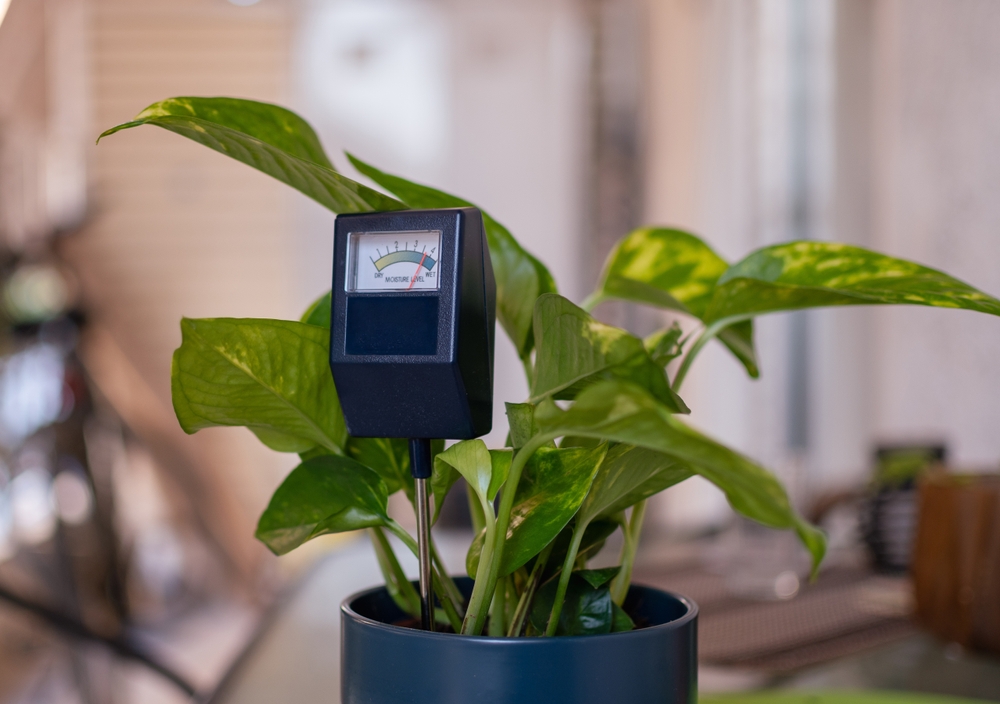
Houseplant care tip: Get a moisture meter
If you simply can’t seem to get a handle on the whole watering thing, here’s a brilliant houseplant care tip: Get yourself a cheap moisture meter!
Even though the top of your soil looks dry on top, and yes, sticking your finger in an inch or so might also feel dry, what about the rest of the part you can’t reach?
You might be thinking your soil’s dry when in reality it’s soaking wet towards the bottom. Well, this is where a moisture meter comes in handy. All you have to do is place it in the dirt, and it’ll immediately read whether it’s dry, moist, or wet!
The CMO at a seed company also recommends a self-watering planter. They have built-in water meters to show you how much water a plant has. Once that water meter’s filled, all you have to do is check in on it every once in a while and refill it as needed.
Houseplant care tip: Sprinkle some cinnamon on seedlings
Another major plant killer is called “damping off.” This is a disease that’s fairly common in seedlings and happens when mold or fungus begins to grow.
Experts at the University of Minnesota Extension explain that plants with mature root systems and leaves can usually fight off the fungus, but young roots, leaves, and stems of newly emerged seedlings are highly sensitive to infection.
A pathogen can enter your planter through garden tools, potting soil, insects, or even your own hands. Since it’s so difficult to detect, an easy way professionals prevent damping off is the following houseplant care tip: Just sprinkle some cinnamon on top of the plant’s soil!
A horticulturist says that the spice kills the fungus and ensures your seedlings’ healthy growth. You might not have known this, but cinnamon has anti-fungal properties. And as an added bonus: Many common pests and insects are repelled by its scent.
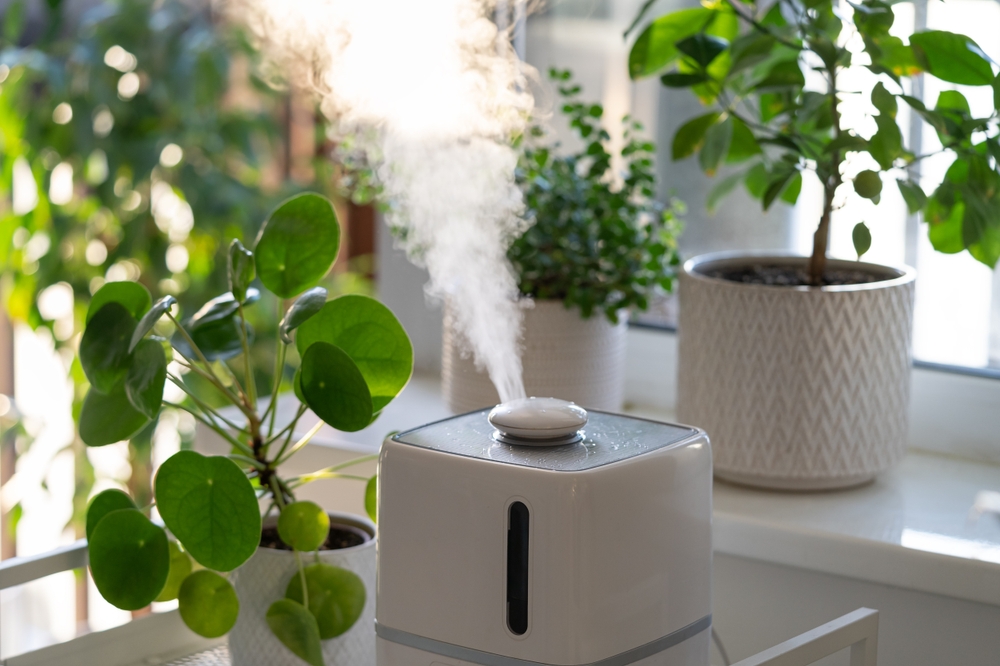
Houseplant care tip: Use a humidifier
Many of the popular indoor plants we have in our homes are native to tropical climates and like humid conditions. According to a botanist, this list includes monsteras, philodendrons, and pothos plants.
So, a fantastic houseplant care tip would be to find a way to increase your plants’ humidity levels, and a humidifier is an effortless way to do this.
1-800-Flowers.com suggests a self-timed humidifier, which can help hydrate your plants on a fixed schedule, especially once you know how frequently they need to be watered.
Humidifiers are particularly helpful in the winter when heating systems pull all the moisture out of the air. For this reason, you should try your best to keep your plant away from vents, cold drafts, and air conditioners, as well as from heat sources like fireplaces or radiators.
Most plants don’t like sudden changes in temperature and can’t handle lower temperatures. If a humidifier isn’t an option, you can also make a DIY humidity tray. All you have to do is fill a shallow tray with some pebbles and then place your plant’s pot on the tray.
Then, fill the tray with water until it barely touches the bottom of the pot. This will boost humidity levels around the plant. Simply refill it as needed to keep your plants satisfied!
Do you think we missed any houseplant care tips and you’d like our readers to know about them? Be sure to leave a comment and let us know!
Meanwhile, if you found this post helpful, we also recommend checking out: 9 Allergy-Causing Houseplants That Will Make You Suffer

